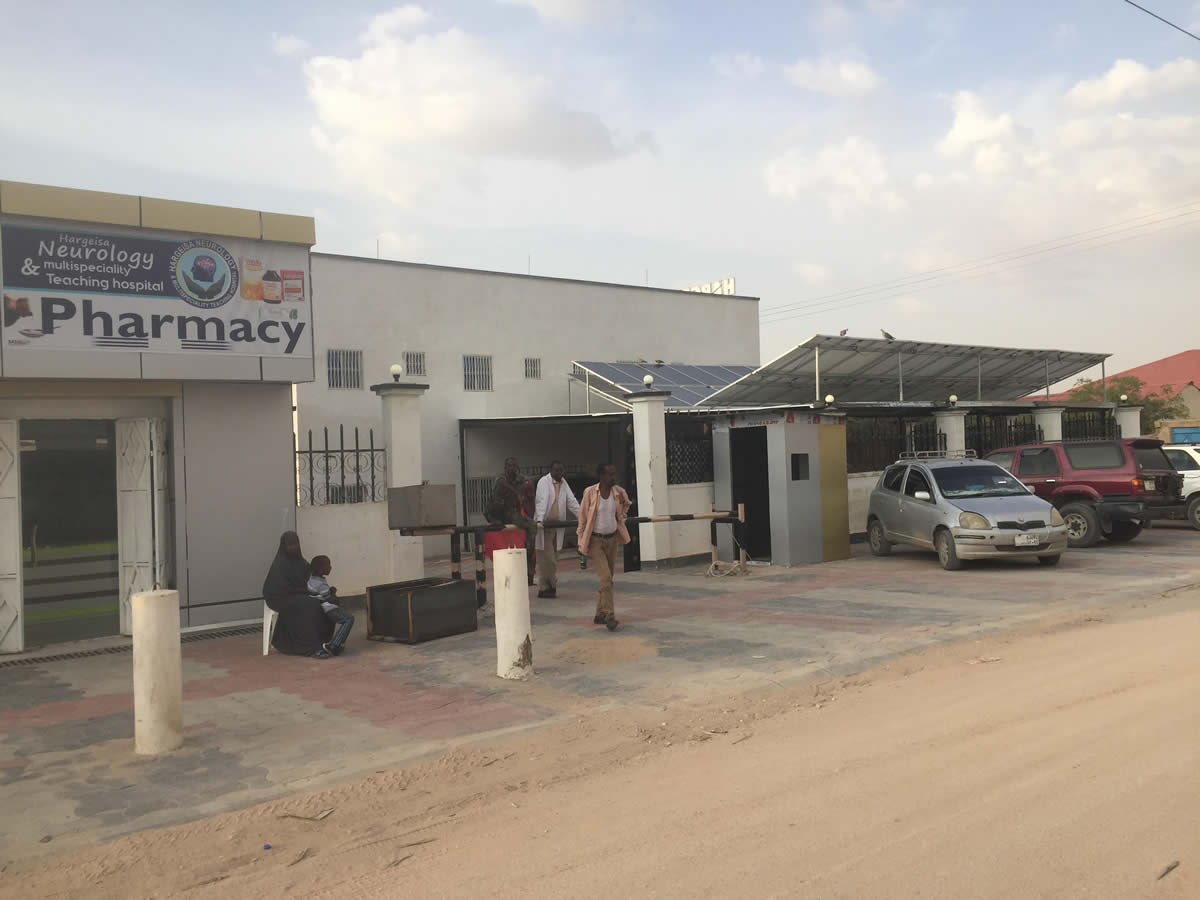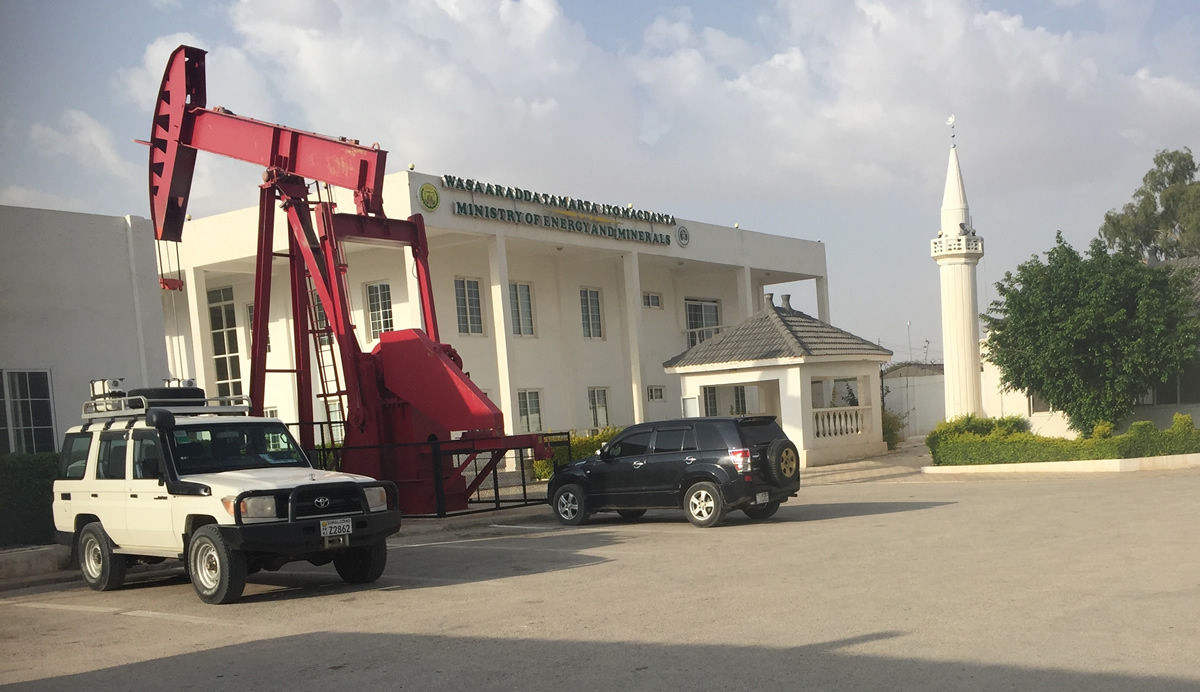I recently returned from Somaliland where I was invited by a program funded by the UK Department for International Development (DFID), Energy Security and Resource Efficiency in Somaliland (ESRES), to give a HOMER software training.
The objectives of the program are to increase the amount of “clean, affordable and reliable” energy to promote economic development and reduce poverty in Somaliland. ESRES declares on its website “that green infrastructure investments in fragile states have potentially positive effects on economic development and poverty reduction while at the same time reducing the country’s vulnerability to the negative effects of climate change.”

My training mission for ESRES mission in Somaliland focused on utility personnel
My objective in Somaliland was to teach the local group of electric electric service providers how to design and model hybrid renewable microgrids using the HOMER software. At this HOMER training there were people from seven small local utilities and a few people from the government ministry.
How have things changed in Somaliland?

Somaliland is in some ways a very unique situation. It declared independence from Somalia in 1991. Although that is not universally recognized, they have set up their own government that is completely separate from Somalia. Despite being much safer and more stable than their southern neighbor, they don’t have any real utility regulatory structure. Power is supplied by entrepreneurs who have diesel generators and sell power to their neighbors. This is true even in the capital city, Hargeisa, which has close to 1 million people. When I was in Somaliland three and a half years ago these systems only used diesel generators. Now some of them have already added some solar. Most people, including the utility staff I was training, were very gung ho about solar. Before when I was here, they had only just started to think about solar. Now, they recognize how beneficial it will be.
Solar-plus-storage is the future in Somaliland
This ESRES program that sponsored the HOMER training is funding the country’s utilities to introduce solar into these systems. In addition to having a great solar resource, it is attractive because of its minimal maintenance requirements. The early projects didn’t include batteries, but the new projects are expected to include batteries for a much greater reduction in fuel consumption, diesel maintenance, and overall cost.
In the past, many project developers and system integrators tried to avoid using batteries because lead acid batteries back then weren’t very durable especially in extreme environments and under heavy cycling. Now, batteries have improved dramatically. This opens the way for these systems to become primarily renewable with the diesel generators only playing a backup role.
Future energy challenges in Somaliland
One of the unknowns that utility officials in Somaliland face is the impact of lowering the cost of energy on consumer behavior. If more people suddenly have access to cheaper, more reliable energy – which is the expected result of implementing hybrid microgrids – how will that change peoples’ lifestyles and habits? How much will electricity consumption increase?
Some of the smaller utility systems in Somaliland aren’t currently providing 24 hour power. How many people in these communities will buy refrigerators? Will they have access to efficient ones? Will the community get street lighting? How quickly will people develop productive daytime uses for electricity. These are questions that come up everywhere we work to help expand energy access and improve the quality of energy service.
